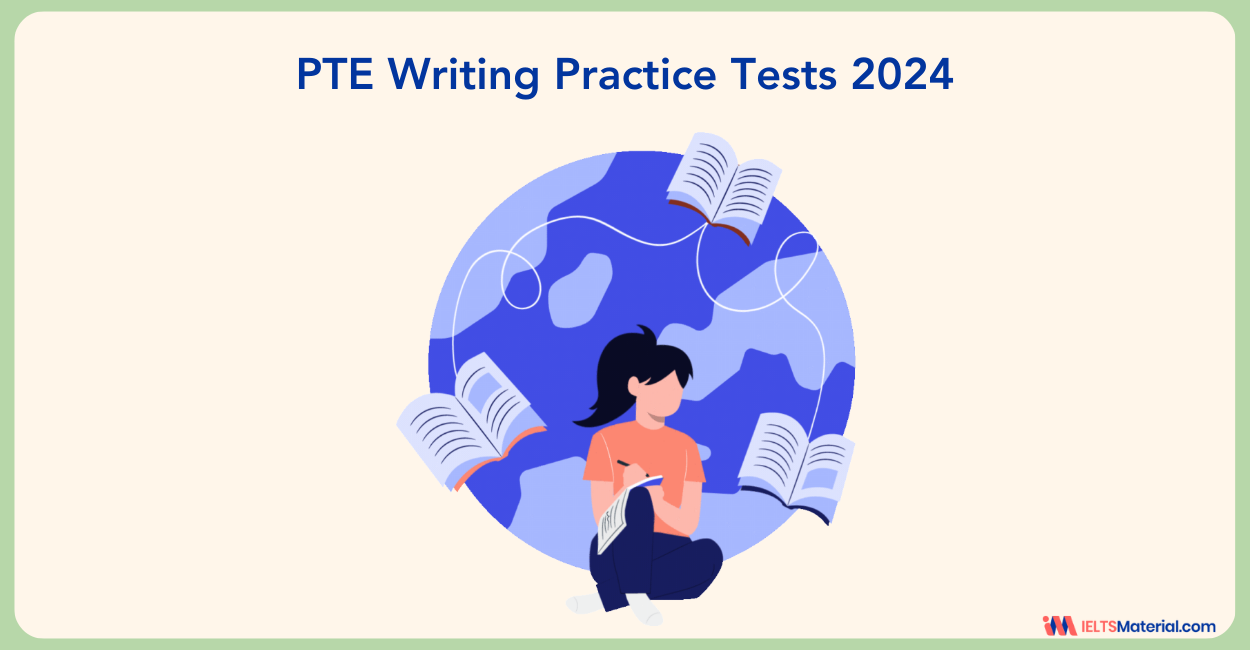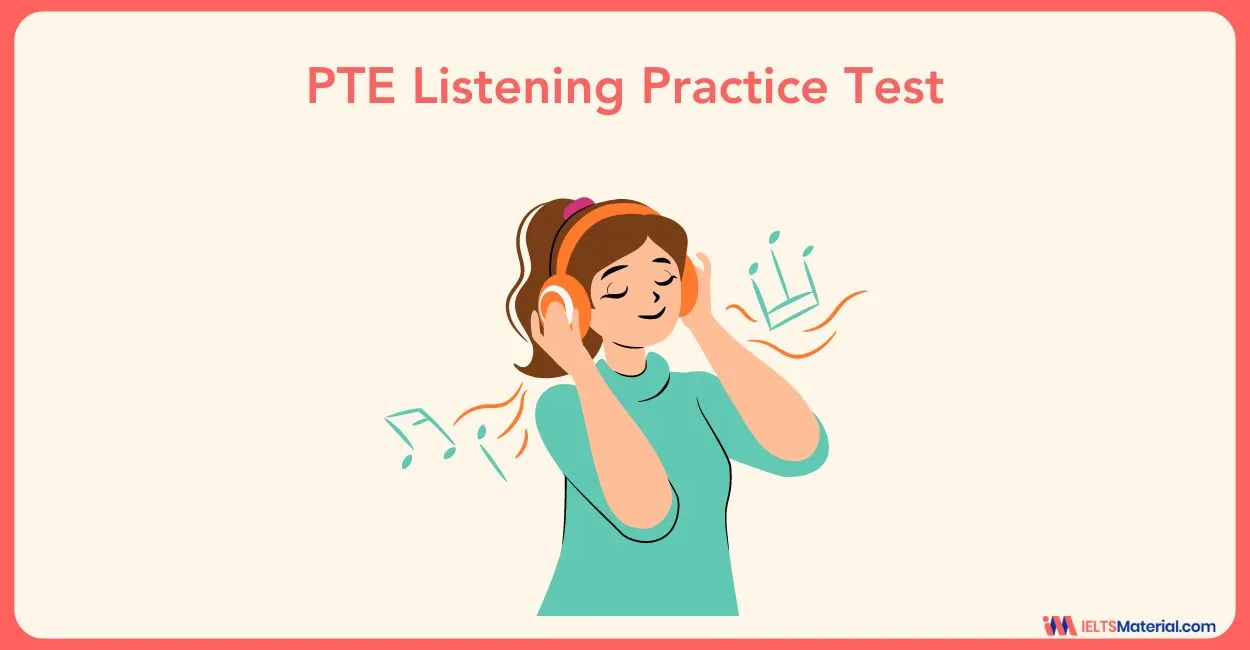How to Answer PTE Describe Image 2025: Format, Sample Answers & Scoring Tips
4 min read
Updated On
-
Copy link
Want to score high in the PTE Describe Image task? Learn how to approach it with updated 2025 format, proven tips, and band 7+ sample answers to improve pronunciation, fluency, and content for a better overall PTE Speaking score.
Table of Contents

Limited-Time Offer : Access a FREE 10-Day IELTS Study Plan!
One of the most important academic issues is the ability to absorb and communicate information visually. For example, if you study in an English-speaking nation, you will see charts, graphs, tables, and so on in your academic publications. You must comprehend them and express your comprehension.
This is essentially what PTE Describe Image tests! You will get 5-6 questions of this type in the exam. For each question, you will have 25 seconds to understand the image and then get another 40 seconds to record your response which is basically the information in the image.
Hence, PTE Exam is a test of your English communication ability in an academic atmosphere. As a result, it assesses the type of English required for studying or working in an English-speaking nation.
What Is the PTE Describe Image Task?
In the PTE Speaking section, you’ll face 5–6 Describe Image questions. For each question:
- You get 25 seconds to study the image.
- Then 40 seconds to record your response.
You are expected to describe the visual information accurately, fluently, and with proper pronunciation. This task simulates real-world academic communication where visual data must be interpreted clearly.
Practice with the Free Online PTE Practice Tests for Success in 2025.
Format for PTE Describe Image Questions
A structured approach helps you respond confidently within the limited time. Here’s a proven format to follow:
1. Introduction (Opening Sentence)
Start by identifying the image type and what it represents.
Example:
“The image is a bar graph that shows the population growth across five countries from 2010 to 2020.”
2. Key Features (2–3 main observations)
Mention 2–3 significant trends, comparisons, or elements.
Example:
“The highest growth is seen in Country A, doubling over the decade. Country B remained almost constant. Country C shows a slight decline.”
3. Summary or Conclusion (Prediction/Insight)
Wrap up your response with a general trend, implication, or summary.
Example:
“In conclusion, the graph highlights significant variations in population growth among the countries.”
Pro Tip: Practice keeping your response around 35–38 seconds to ensure fluency without rushing.
Kickstart your PTE preparations now with our experts! Book a FREE Demo!
Sample Answers for PTE Describe Image
Sample 1: Bar Graph Response:
The following graph gives information about simple circuits with light. This is a very exquisite picture, and it shows a number of things. According to this image, in the central area, there is a battery; the color of it is black and yellow. You can see from this graph that, in the left area, there is a bulb; the color of it is white. You can see from this graph that there is a line connecting the bulb and the battery. The electricity flows from the negative pole to the positive pole. In conclusion, this illustration is very informative.
Sample 2: Process Diagram Response:
The following image gives information about the chemical transformation. According to the chart, the first step is about chemical sources, which are generated from industry, transportation, ore smelting, and power generation. Following that, the second step is about emissions, which means wastes such as nitrogen oxides and sulfur dioxide will be emitted into the atmosphere. The third step is chemical transformation, which transforms the chemicals into nitric and sulfuric acid. After that, it is divided into two ways; for one, it goes to condensation, and for the other, it becomes dry fallout which includes particulates and gasses. Finally, they will form precipitation, acid rain, fog, snow, and mist. In conclusion, this diagram is very enlightening.
Grab the PTE Workbook | Academic Actual Tests eBook and work towards success!
How is PTE Describe Image scored?
Pearson’s Ordinate technology is used to validate the proprietary speech processing system, which is particularly developed to evaluate and score speech from native and non-native English speakers.
The computer considers the following variables:
- Speed
- Rhythm of speech
- Voice quality
- Intonation
- Word choice
- Pronunciation
In Describe Image questions, there are three key judging criteria:
- Content
- Pronunciation
- Oral Fluency
The content is rated from 0 to 5. A response that includes all key aspects of the image, as well as their links and consequences, receives a score of 5. The more components of the image you don’t explain, the lower your score. Incorporating 12 things from the image into the template supplied here would get the complete score in the Content area. Pronunciation and Oral Fluency are scored on a scale of 0 to 5, where 5 represents native-like language usage, and 0 represents unrecognizable or inarticulate English. Practice reciting the format above out and clearly, without stops or hesitations.
Overall, Describe Image task can be challenging, but with the right strategy and practice, it becomes manageable, even an opportunity to shine. Focus on content accuracy, pronunciation, and fluency. Use structured templates but remain flexible in your delivery. Consistent daily practice, paired with tools for self-evaluation, will help you gain confidence and improve your PTE Speaking score.
Grab the opportunity to enroll yourself in the Best Pearson Test of English (PTE) For 2025!
Also check :
Frequently Asked Questions
What is the PTE Describe Image task and how many questions are there?
How do I structure my response for the PTE Describe Image task?
How is the PTE Describe Image scored?
What types of images appear in the Describe Image task?
How can I improve my score in the Describe Image task?
Other PTE Exam Related Articles

Start Preparing for IELTS: Get Your 10-Day Study Plan Today!
Recent Articles

Kasturika Samanta

Kasturika Samanta

Kasturika Samanta

Prity Mallick




Post your Comments